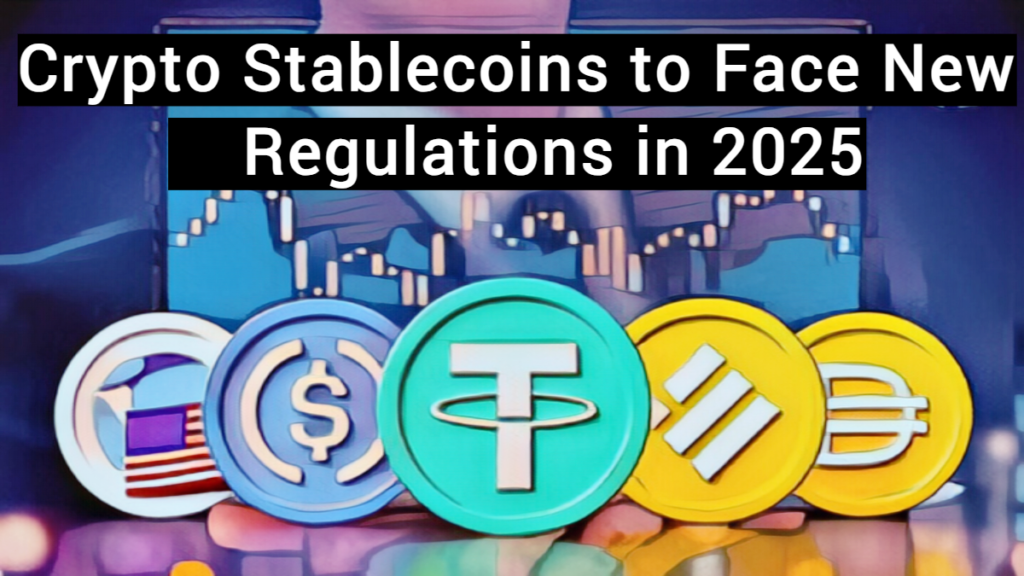ARTICLE AD BOX

The introduction of stablecoin regulations across the European Union has sparked questions about the United States plans for fiat-pegged tokens. As political conditions in the U.S. evolve, efforts to create more crypto-friendly regulations are gaining momentum. However, a comprehensive bill that satisfies both Congress and the White House remains a work in progress.
Political Landscape and Regulatory Predictions
Anastasija Plotnikova, CEO and co-founder of Fideum, shared her concerns with crypto. news, stating, “I am afraid crypto regulations will be pushed down the agenda towards 2025.” Plotnikova believes the U.S. is on the path to comprehensive stablecoin regulations, regardless of the election outcome, unless “half-baked legislations” are rushed through in the coming weeks.
Eneko Knörr, founder of Stabolut, emphasized the critical role of the upcoming presidential election in shaping future legislation. According to Knörr, the U.S. could “embrace the crypto revolution or risk falling behind the global competition.” He highlighted the contrasting stances of Donald Trump, who is pro-crypto, and Joe Biden, who takes a more cautious approach. Knörr suggested that the next president would significantly influence the crypto industry’s future within the U.S. and potentially offshore.

The Influence of MiCA on U.S. Regulations
On June 30, the European Union’s Markets in Crypto Assets Regulation (MiCA) took effect, setting stablecoin provisions across its 27-member bloc. Circle was the first to secure a license under this regime, establishing compliant fiat-denominated crypto payment rails in the region.
While Europe leads with a comprehensive digital asset framework, the focus now shifts to the U.S., the world’s largest capital market. Plotnikova remarked, “The US is in a significantly better position to draft the bill without a need to reach consensus among 27 Member States, each having different interests and political alignments.” She anticipates intense debates over the bill’s scope and requirements for stablecoin issuers.
Both Plotnikova and Knörr agree that MiCA’s stablecoin policies are not perfect. Knörr advocates for a different U.S. approach that balances robust oversight with innovation. He warned that overregulation could stifle innovation and drive talent and investment elsewhere.
Also Read: Circle Becomes First Licensed Stablecoin Issuer Under MiCA: A New Era for Digital Fiat Tokens
Stablecoin Regulations: A Hot Topic
Stablecoin regulation remains a key issue among lawmakers and financial stakeholders. Congress members like Maxine Waters, Patrick McHenry, and French Hill are actively engaged in discussions to reach a consensus on regulatory rules.
Former House Speaker Paul Ryan suggested that passing stablecoin regulations could alleviate U.S. debt concerns by boosting demand for Treasury Bills. However, Plotnikova argued that the U.S. debt crisis has surpassed the point where private entities alone can resolve it, with debt levels exceeding $34 trillion. Conversely, Knörr noted that increasing T-Bill purchases could still benefit the U.S., even if it doesn’t completely solve the debt issue.
.png)
 4 months ago
5
4 months ago
5








 English (US)
English (US)